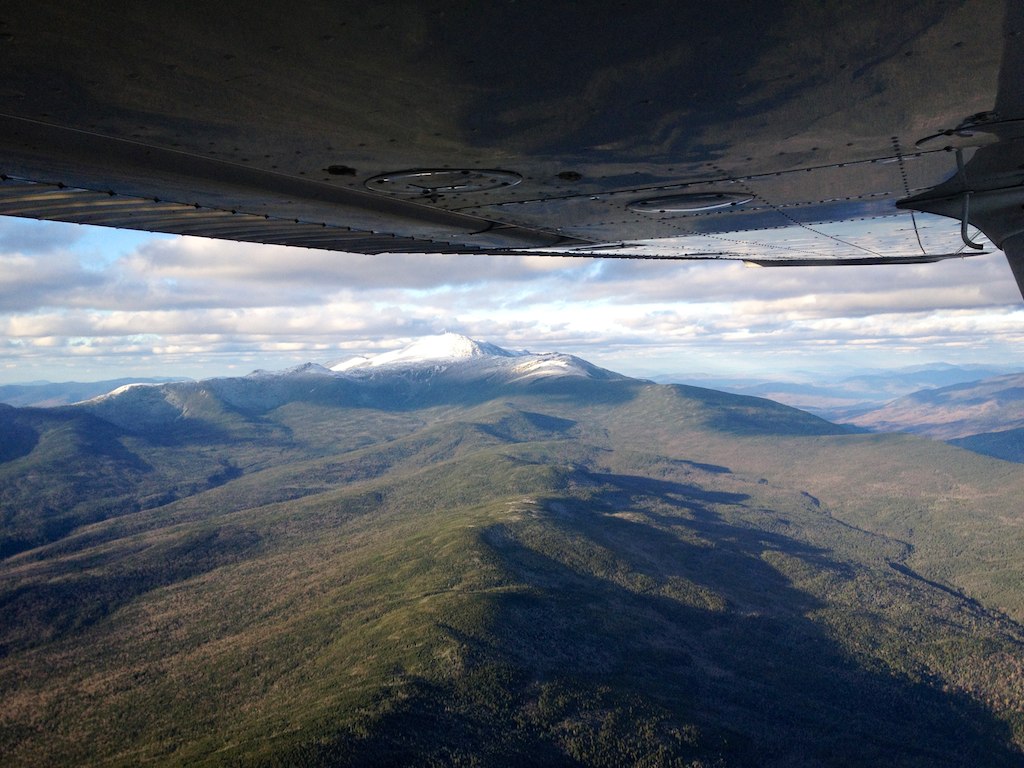Question #1: Did he put the lever in beta? Frankly, I doubt it as the lever requires that you lift up and over the gate and I don't think that is something he would have thought to do ... even on roll out. Accidentally? Well, there is the essence of the discourse.
I agree completely with the 100/1000/10,000 hour assessment. When I had 800-1500 hours, I was invincible. At 5000 hours, I have a more, shall we say, balanced approach-certainly to my own mortality. N32GP was a lot of airplane for a 340 hour pilot who hadn't flown at all in the previous 8+ years. In fact either condition, 340 hours or hadn't flown, would have given (or should have given) anyone pause to think. That, in itself, may be a poignant lesson for less ecperienced pilots reading this blog...know your limitations and stick to them. Additionally, if we are expounding on experience matters, I lament the absence of spin training, long gone from the PP curriculum as well as serious unusual attitude training (aerobatics). I was partners once upon a time in a Bonanza with a guy approaching age 75, flying since he was 15 who had never had anything happen, ever. I, with 2000 or so hours had had two engine failures, an inflight fire and an icing incident that puts hair on things that should not have hair. Go figger...


 The plane supposably had a glass panel with terrain warning... Total hours don't mean squat if you are not gonna use your head.
The plane supposably had a glass panel with terrain warning... Total hours don't mean squat if you are not gonna use your head. .......
.......